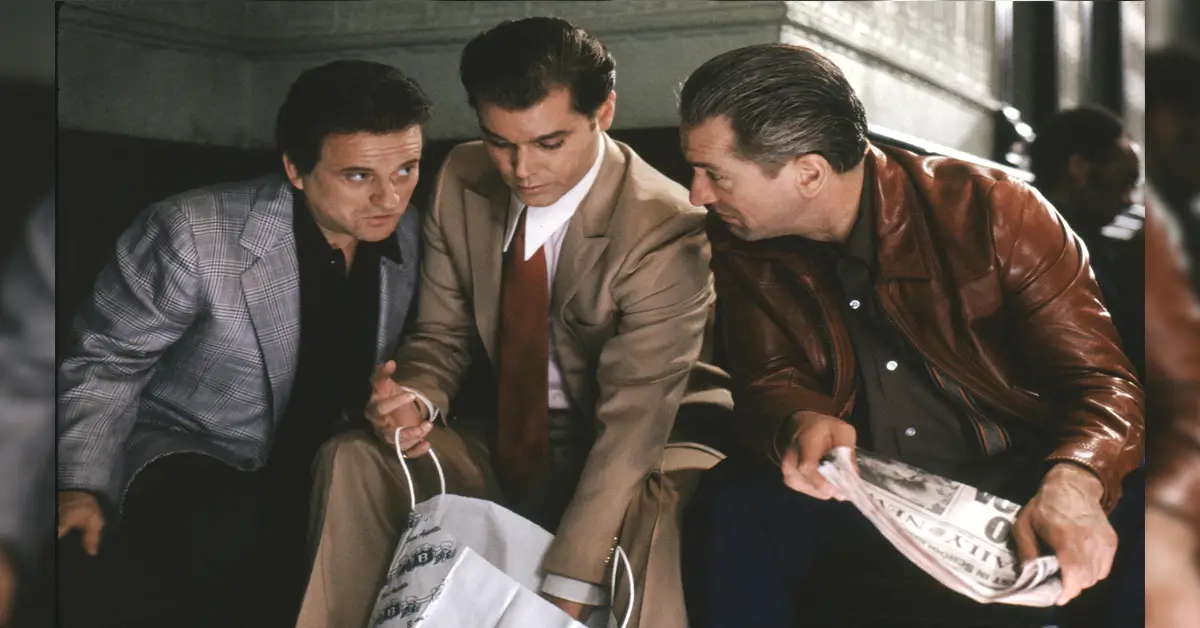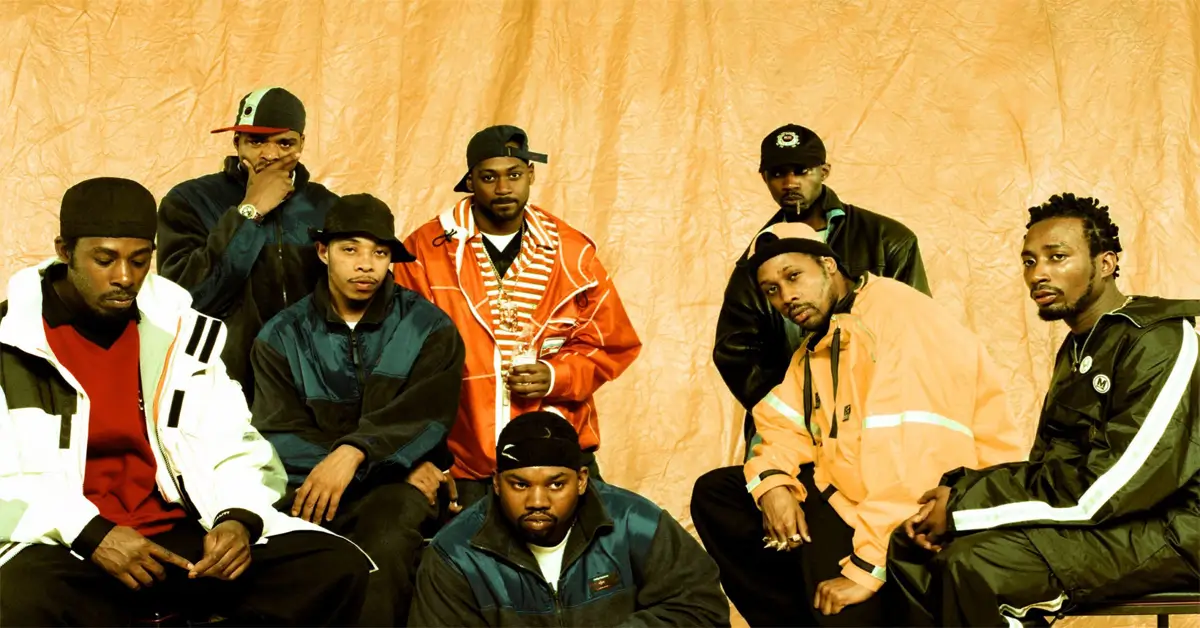Mobsters On YouTube
Mobsters On YouTube is some wild & crazy shit. For one second let’s take a look at one of the main, most important rules of being a mobster: Omerta. Omerta, by definition, is an Italian word that means “code of silence” or “code of honor and conduct”, or “secrecy sworn to by oath”. Nowadays it ain’t so secret or quiet. And the oath went out the window just like everything else that was decent, legit, cool, and respectable, all for some likes on social media.
Not only are these guys confidential informants and rats, which used to be the worst thing you can be on Earth besides a pedophile, these guys have their own podcasts!! They all have their own podcasts discussing old murders, robberies, scams they pulled, all kinds of wild crazy shit. And they’re doing numbers too. Of course the public eats that shit up because most people are square human beings that just works, eat & sleep 5-6 days a week. Everyone is fascinated by these “mob informants” and the money they’re making from ad revenue on YouTube is ridiculous.
Below is an article I came across on RollingStone.com going into detail how & why this craziness is so widely accepted by the masses. Check it out.
Sammy Gravano reclines, lost in the memories of yesteryears. “I wrap my arms around him in a bear hug, and the van door bursts open, with guys spilling out,” he recounts, settling into a plush leather armchair, his voice weathered by time. Yet, Gravano isn’t reminiscing about youthful antics; instead, he’s recounting the chilling tale of the abduction and subsequent execution of Philadelphia mobster John “Johnny Keys” Simone four decades ago. Salvatore “Sammy the Bull” Gravano, once the second-in-command of New York’s notorious Gambino crime syndicate, now shares his captivating tales as, fittingly, a content creator.
Simone’s tragic demise spans two episodes of “Our Thing,” Gravano’s podcast series hosted on his YouTube channel. “Louie Milito—armed with a .357 Magnum, if memory serves—delivers the fatal blow,” Gravano recalls, infamous for his cooperation with authorities against his former boss John Gotti in 1991. “Simone crumples to the ground. He’s struck two or three more times.” Since their upload in March 2021, these videos have garnered nearly 1.5 million views each.
At 77, Gravano stands as a prominent figure in what could be termed “Mafia YouTube,” a niche on the platform where ex-mobsters and their associates delve into their lives in organized crime or offer insights on current events. From individual channels to guest appearances on shows hosted by former wise guys and amateur Mob historians, the landscape is diverse. Even popular interview platforms like VladTV and Valuetainment, while not exclusively Mafia-focused, have forged ties with this scene, drawing millions of viewers to their content featuring erstwhile gangsters. Former affiliates from all five New York Mafia families are active on YouTube, alongside representatives from old Mob strongholds like Boston, Chicago, and Philadelphia.

“It’s about sharing and reflecting on who I am and what I’ve done,” Gravano explains simply of his YouTube endeavors. Two years after his release from prison in 2017, he sat down for an interview about his life on Valuetainment with host Patrick Bet-David. This conversation, which has garnered 17 million views, inspired Gravano to launch his own YouTube venture. In just two years of producing original content, he has amassed a following of 520,000 subscribers. Yet, he isn’t alone in leveraging YouTube as the latest frontier for Mafia storytelling. Michael Franzese, a former caporegime with the Colombos who later embraced Christianity, is on the cusp of reaching one million subscribers.
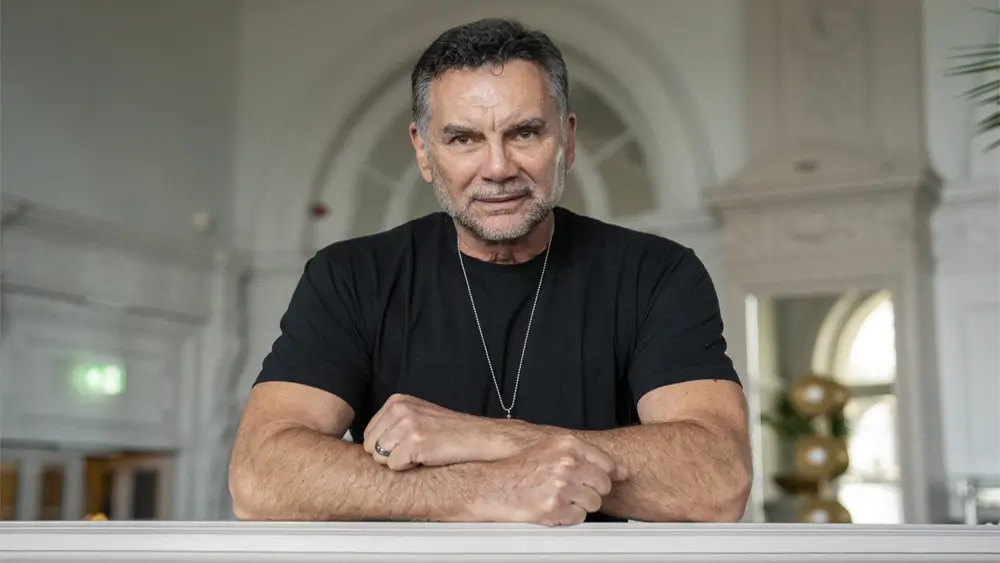
YouTube represents the newest and most personal frontier for a timeless phenomenon: former members of the American Mafia seeking to capitalize on their past experiences. “Ex-wiseguys and their kin have been eager to sell something, anything, even their own notoriety, to make a buck for years,” explains Mafia journalist and author Jerry Capeci. “It’s the American way.” Gravano, who admitted involvement in 19 murders, has even secured sponsorships from online therapy provider BetterHelp for his videos. Capeci notes the various avenues former mobsters have pursued, from writing books and producing films to starring in TV shows or establishing personal brands. For those still needing to earn a living, YouTube offers a platform to repackage their past exploits for commercial gain, without the need for traditional publishing contracts. In the United States, where Mafia-related media has long held public fascination, it’s an opportunity many can’t resist.
Nearly every ex-mafioso on YouTube has severed ties with the Mob by cooperating with federal authorities. Since the 1980s, legal advancements like the RICO and Sentencing Reform Acts, along with advancements in forensic and surveillance technologies, have significantly weakened organized crime syndicates. Lengthier sentences and increased conviction rates have incentivized more mobsters to become informants, cooperating with the Department of Justice to avoid lengthy prison terms.
Anthony Arillotta, a former leader in the Genovese crime family’s Springfield, Massachusetts faction, initially opted to contest the charges brought against him in 2010, including murder. Faced with the prospect of spending the rest of his life behind bars, he chose to cooperate instead.
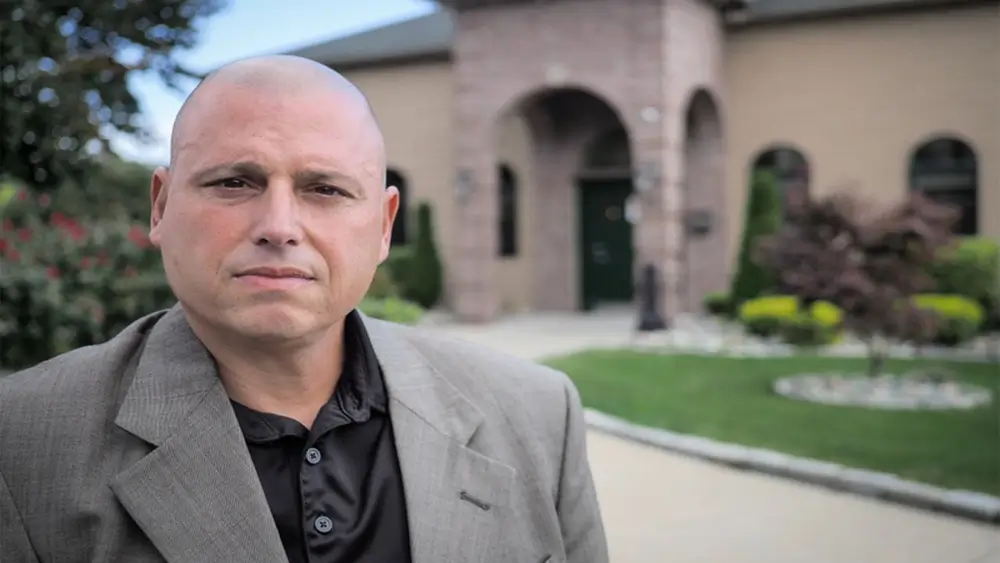
“When you’re facing life in prison, what’s there to think about?” Arillotta reflects. “You weigh your options: Do I save my family and hope to return to a semblance of life someday, or do I rot away in jail forever? For me, it was an easy choice.” In the two years since his cooperation, Arillotta, now 54, has become a familiar face on Mafia YouTube, appearing on various shows within the community. Recently, he launched his own channel, “Anthony Arillotta MONEY MAYHEM and the MAFIA,” starting with a video filmed at Springfield’s Lady of Mount Carmel Society Social Club, reminiscent of scenes from “The Sopranos.”
Part of the agreement with the government entails confessing to past crimes, granting immunity to speak openly about previous offenses. This newfound freedom allows individuals like Arillotta to openly discuss their involvement in criminal activities, such as the murder of Springfield mafioso Adolfo “Big Al” Bruno.
“My life is an open book,” he declares. “I pleaded guilty to everything, so there’s nothing off-limits.” Unlike some former mobsters who opt for Witness Protection, Arillotta chose to remain in his hometown, undeterred by the diminished presence of the Mob since its heyday.
“They prefer to ‘put guys on the shelf’ nowadays,” notes Bobby Luisi, a former Boston-born mobster who, like Arillotta, has embraced Christianity. “Murder attracts too much attention.” This shift in strategy has made former mobsters feel safer about sharing their experiences publicly. Luisi, now 61, hosts live-streamed Q&A sessions on his YouTube channel, “From Capo to Christian With Bobby Luisi,” where he engages with viewers about his past life, though discussions often veer into other topics.
While “The Sopranos” offered viewers a glimpse into the mobster’s world, Mafia YouTube allows audiences to vicariously experience the reality through firsthand accounts. It’s an online community steeped in nostalgia for a bygone era, with a cast of characters whose stories could fill volumes. Tales of family betrayals, intergenerational conflicts, bizarre celebrity encounters, and lucrative criminal schemes have become folklore in this digital realm. For every former mobster who exits the scene, another seems to emerge, offering fresh insights. One of the latest additions is Michael “Mikey Scars” DiLeonardo, a former made man in the Gambino family who launched his own channel, “Mikey Scars,” last summer.
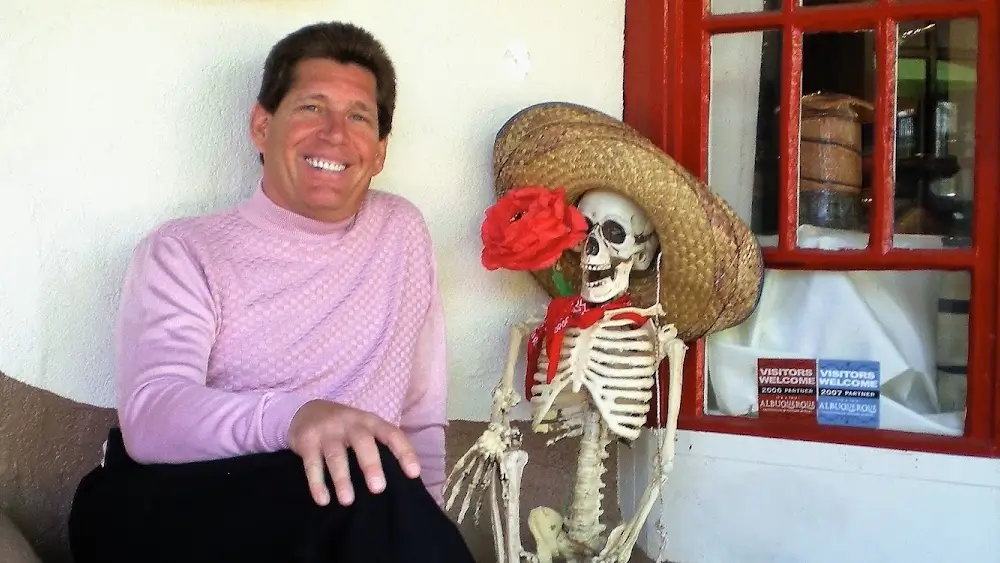
The content on these channels often depicts violence with unsettling casualness. John Alite, a former associate of the Gambino family, rattles off names of individuals he claims to have had altercations with on the streets at a breakneck pace, almost as though reciting lines from a script.
“I could name fifteen guys off the top of my head that I shot,” Alite boasts, with nearly 60,000 subscribers to his channel. Yet, despite his past, he now gives talks at schools discouraging youth from a life of crime, while also offering commentary on video game violence and selling custom baseball bats on his website. Ironically, this conundrum has led former gangsters to retreat into places like YouTube to self-promote because they can’t escape their criminal history.
Arillotta, on the other hand, looks at Gravano and Franzese’s success as inspiration. Since exiting the Mob, he has found work but is unsatisfied with the lack of status it brings him compared to his Mafia days. Setting up his channel is a move he sees as a first step in building a future venture arsenal that could include books and speaking engagements. “What is the best approach for me to give me the life I had before in my past? The money life, the living-good life. For me, it is my past life, but capitalizing on it,” he says. “You’re not going to get rich by doing interviews. You gotta get into a niche. I’m not on that level yet, but that’s where I’m hoping to be.”

